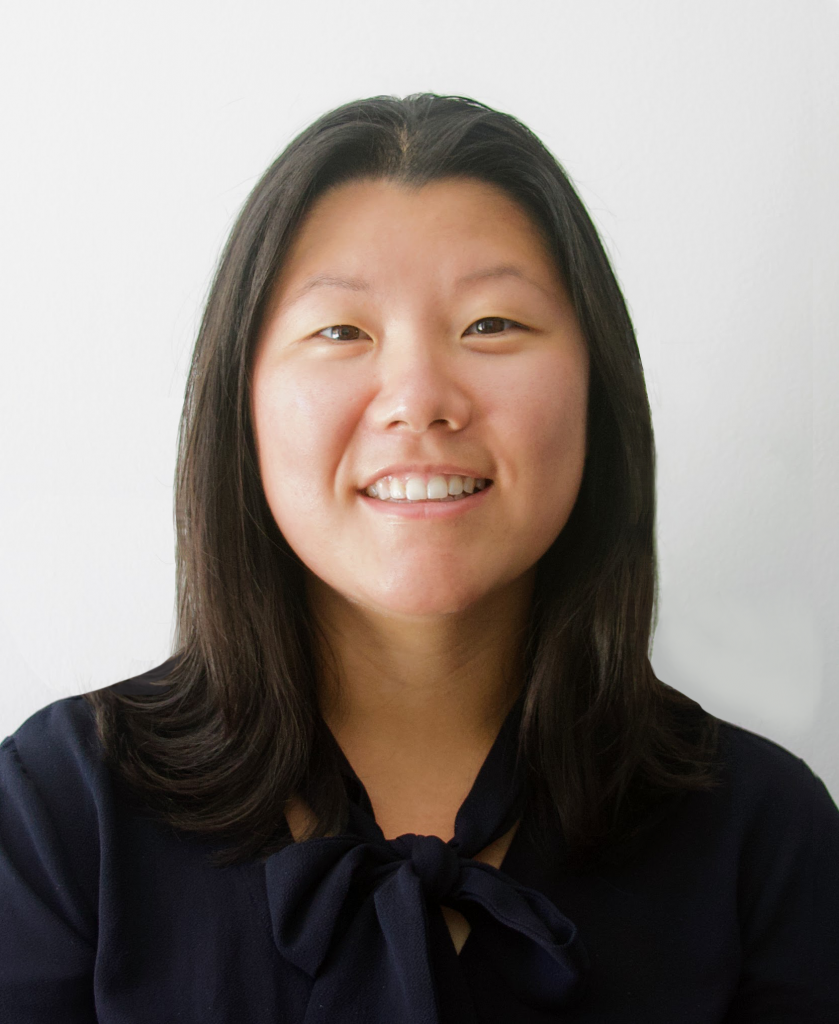In a continuation of a pattern that started prior to the pandemic, surveys from this past spring reported high levels of anxiety and depression among high schoolers. Additionally, 36% of those who were in full-time remote classes reported not having “at least one adult at school to talk to” if they are “feeling upset, stressed, or having problems.” In the postsecondary space, where college enrollment is currently down 6.5% compared to two years ago—the largest two-year enrollment drop in the last 50 years—many students attribute their dreams deferred to a lack of social support and interventions.
In light of these pandemic-exacerbated outcomes, combined with years of research that show how critical students’ relationships are to their academic success, career success, and overall wellbeing, most educators can agree that relationships matter. Therefore, most schools and postsecondary institutions this year are ensuring that every student has access to the relationships they need to thrive, right?
Unfortunately, a critical gap still exists between putting the intuitive adage of “relationships matter” into effective practice—a gap that can be explained with another well-accepted adage in the education field: what gets measured gets done. Mattering and measuring are not one and the same.
Measuring relationships is complex and multi-dimensional. To help educators who are facing the seemingly daunting task of determining both what to measure to build and strengthen students’ relationships and how to measure it, my colleagues Julia Freeland Fisher and Mahnaz R. Charania at the Christensen Institute published The missing metrics report in June 2020. They detailed four measurement dimensions early innovators are using to make strides toward purposefully building and measuring students’ relationships: (1) quantity of relationships; (2) quality of relationships; (3) structure of networks; and (4) ability to mobilize relationships. (See the report’s appendix for examples of homegrown measures from a wide array of education organizations.)
Since the publication of our report, new survey instruments have also emerged. This summer, Search Institute shared new measures as part of their Social Capital Assessment and Learning for Equity (SCALE) project. The project’s survey draws from their work with six organizations: Basta, Beyond 12, Braven, Climb Hire, COOP, and nXu to design and pilot measures of social capital that were found to be both valid and reliable.
Defining and aligning values as a first step toward social capital measurement
The early innovators helping both Search Institute and the Christensen Institute outline social capital measurement have one critical characteristic in common: they all began by valuing the power of students’ relationships and understanding that measurement is key to realizing goals set around building and strengthening students’ social capital.
Aimée Eubanks Davis, founder and CEO of the nonprofit Braven, for example, realized that ensuring economic mobility for all students can’t hinge on education alone; rather, it requires skills, confidence, experience, and networks. As Eubanks Davis told Harvard Business Review last month, “Most of us, especially teachers, often assume that when students from low-income communities go to school, study well, and graduate, they’re likely to be on the road to economic mobility. That’s not always true. We don’t account for behind-the-scenes coaching and development opportunities that young people from high-income families get.”
A belief in social capital as critical to surviving and thriving in–as Eubanks Davis puts it–a “world that runs on relationship-building” is a throughline starting to emerge more clearly among education-to-employment entrepreneurs. Leaders at organizations like Braven, Beyond 12, and Climb Hire are needed voices as educators grapple with boosting the number of students from under-resourced communities who earn degrees that lead to meaningful employment, supporting students struggling to secure first jobs amidst unstable labor markets and wealth gaps, and increasing generational wealth for disadvantaged talent in communities of color.
All three models align on the value of students’ access to relationships to then take a deliberate—and measurable—approach to building social capital among the learners they serve.
Promising designs making a difference for students
Thanks to these early innovators, educators committed to measuring students’ social capital don’t have to start from scratch. Here are just a handful of programs that have field-tested encouraging metrics that can either be replicated, tailored, or built upon:
Building and providing networks: Braven helps first-generation college students, students from low-income backgrounds, and students of color develop the skills, confidence, experiences, and networks necessary to transition from college to strong first jobs. Of the five priority skills they focus on, three of them are relationship-based—working on teams, networking and communication, and operating and managing. Braven’s leadership coaches, volunteer professionals who work for local employers, aren’t just expected to impart these skills; they’re also expected to open their own professional networks to their fellows. The model is showing immense promise: as their recent impact report shows, this year’s class outpaced their peers nationally in strong job attainment or entrance into graduate school by 25 percentage points (61% versus 36%) within six months of graduation.
Focusing on networks aligned to personal goals: Beyond 12 supports low-income, first-generation, and historically underrepresented students through college using a longitudinal student tracking platform and a personalized student coaching service. Their core curriculum includes a lesson on networking and building social capital during which students are encouraged to reflect on the frequency, familiarity, and interacting style when managing diverse relationships. Unlike programs that only focus on the quantity or quality of relationships, Beyond 12 has incorporated a series of activities designed to empower students to know themselves and to activate networks of support and opportunity to achieve their goals. These high-touch, asset-based interventions are playing off: as Alexandra Bernadotte, founder and CEO of Beyond 12, told the Chronicle of Higher Education in March 2021, 66% of students who were coached for two years and 85% of students coached for four years have either graduated or are still enrolled in college by the end of their sixth year versus 44%, which is the national average college-graduation rate for similar students.
Strengthening peer relationships: Climb Hire prepares diverse, high-potential, working adults for the Salesforce Administrator Certification so that they can break out of minimum wage jobs. Their curriculum explicitly teaches social capital-building with strategies to tap existing networks and form new connections. The program is also iterating on peer support models and exploring “gratitude circles” to build community and trust. By encouraging Climbers to share their experiences and by introducing structured relationships among peers, Climb Hire scaffolds community- and relationship-building skills. These decisions appear to be paying dividends; as of September 2021, over 80% of Climb Hire alumni have secured middle-class jobs with average wage increases of $30,000-$40,000 within six months of graduation.
A critical type of relationship to measure: near-peers
Though all of the programs highlighted above focus on many aspects of relationship-building, recent data suggests one type of relationship may yield the most benefit. Search Institute’s SCALE survey focused on three types of relationships: program peers, program near peers, and educators. A majority of program participants reported strong developmental relationships and access to important resources through all three types of relationships, but near peers emerged as the strongest relationship type. Near peers are individuals close in age and experience that can lend support and advice. Program near-peers within these organizations often served in a mentorship or coaching role, and were found to have provided the most resources in terms of information, connections, and skills.
Educators interested in developing social capital measures should, therefore, consider metrics around students’ near-peer relationships to help ensure their success. While measuring the quantity relationships may be straightforward, incorporating ways to assess quality, structure, and ability to mobilize these relationships can be more challenging. Fortunately, the validated measures published by Search Institute span these additional dimensions. Survey items include questions that ask students to reflect on whether near-peers provide support, come from different backgrounds, challenge them to be their best, help imagine new possibilities for the future, and show me how to build and maintain strong relationships with others. To ensure implemention fidelity, check out the technical manual here.
Search Institute’s measures mark significant strides in the education field at a time when measuring the often invisible currency of social capital is not easy. But with these three key considerations around the alignment of values, field-tested metrics, and the impact of near-peer relationships, educators have a much clearer roadmap in measuring the crucial networks every student needs to get by and get ahead. If you or an organization you know is measuring social capital or designing surveys to assess different types of relationships, feel free to reach out. We’d love to hear about emerging measures!


